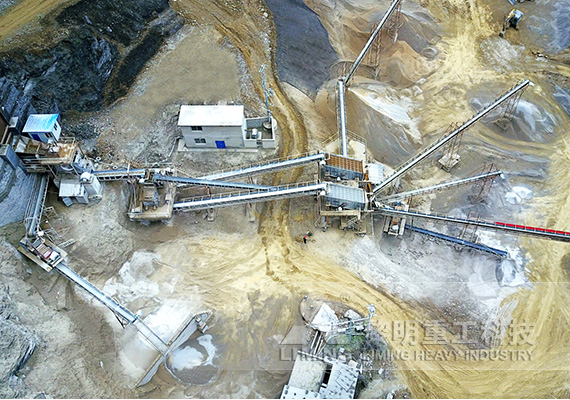Different gold ores have different extraction methods:
1. Roasting of raw ore
The properties and characteristics of gold ore suitable for the treatment of raw ore roasting method are mainly reflected in the following aspects:
①The carrier minerals of gold, such as pyrite and arsenopyrite, are embedded in fine grain size and are distributed in the ore in a disseminated and scattered shape, and most of the gold occurs in fine-grained pyrite, arsenopyrite and other sulfides In the minerals, it is difficult to expose and dissociate by mechanical grinding; ②A small part of gold is closely related to gangue minerals, which is lean in continuous growth or is covered by carbonate or silicate minerals; ③The ore contains “golden” substances Harmful elements such as organic carbon.
2. Roasting of gold concentrate
The symbiosis relationship between gold and sulfide in most of the difficult-to-treat ores is closely related. The use of flotation method can fully and effectively enrich the gold-loaded sulfide, produce gold concentrate, and obtain a higher flotation recovery rate. Due to the complex composition of the flotation gold concentrate and the high content of beneficial and harmful elements, direct cyanidation leaching has a low gold leaching rate.

3. Hot pressing oxidation process
The hot-press oxidation method is divided into acid hot-press oxidation and alkaline hot-press oxidation. Alkaline hot-press oxidation is suitable for gold-containing refractory ore with high carbonate content, and acidic hot-press oxidation is suitable for the treatment of sulfur-arsenic refractory gold concentrate, so the application of acidic hot-press oxidation process is more extensive.
4. Combined pretreatment process
For typical difficult-to-treat gold concentrates with complex composition, many types of interference elements, and high content, it is difficult to obtain the best results with a single pretreatment process.
5. Amalgamation flotation
It is suitable for processing natural gold inlaid cloth with relatively coarse grain size, which is stored in pyrite and other sulfide ores. Different from single flotation, after grinding, mercury board is added for gold recovery, and the recovery rate can reach 30-45%. The amalgamated pulp is floated through the overflow of the classifier. In order to better generate mercury and gold, a certain concentration of sodium carbonate and caustic soda are added during grinding to increase the recovery rate of mercury and gold to 70%.
6. Gravity beneficiation
The flotation is based on the difference between gold and other minerals. The greater the difference in specific gravity, the easier it is to separate. Put the gold-bearing ore sand into a cylindrical sieve, and flow through high-pressure water. The gravel sand larger than the sieve hole is conveyed into the tailing yard through the sludge and belt; the ore sand smaller than the sieve hole is input to the 1-3 circle through the male distributor The jigging machine, through the 3-stage jigging machine, the concentrate flows into the shaker for coarse, fine, and sweeping to produce concentrated sand ore.